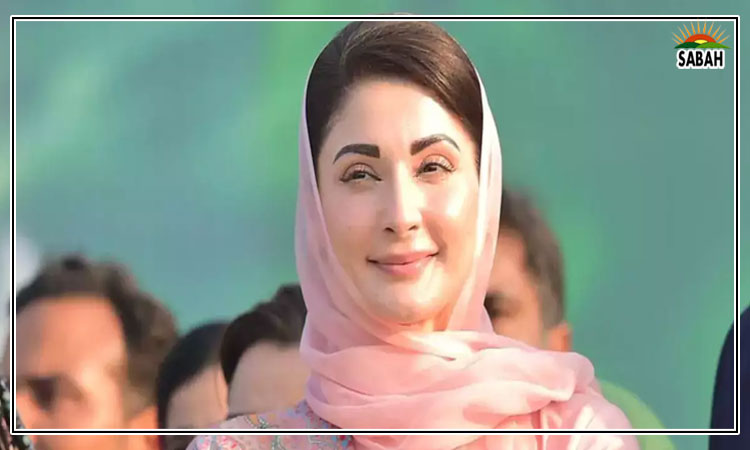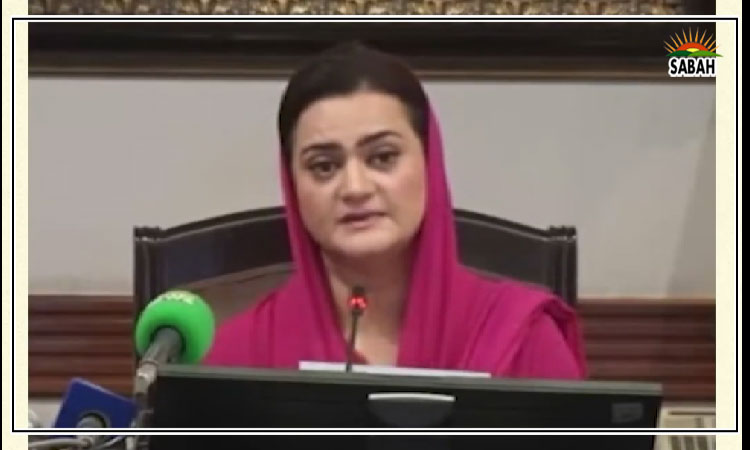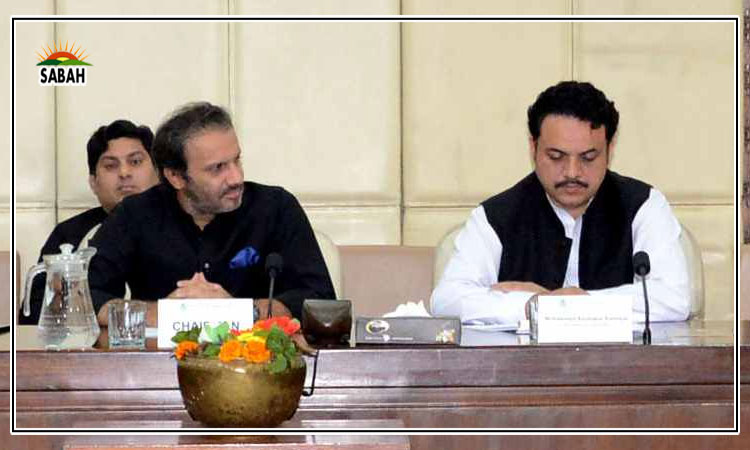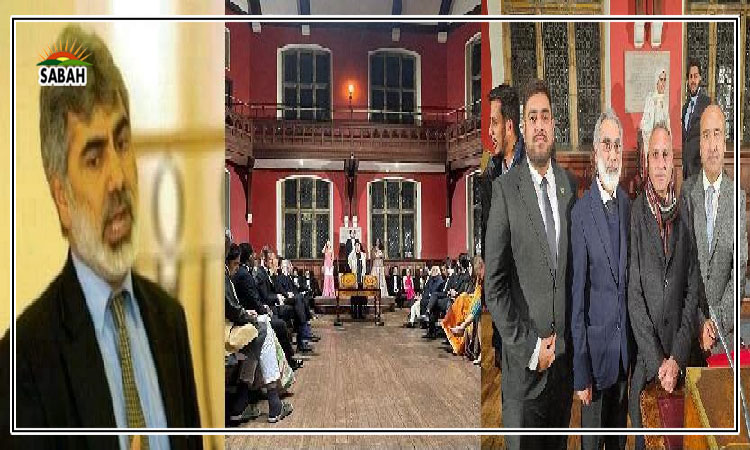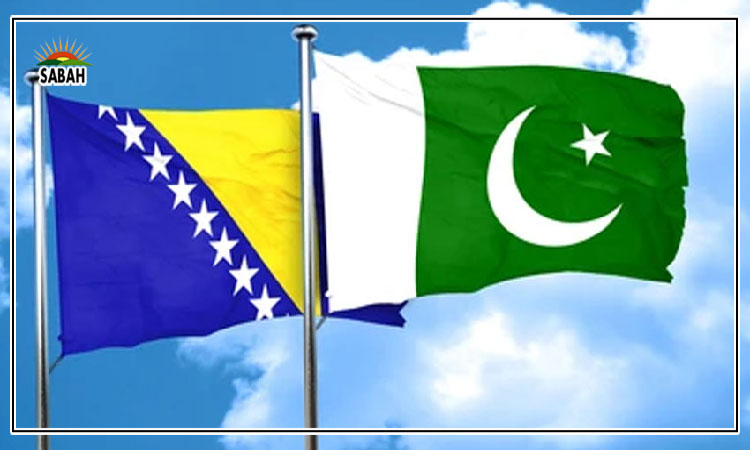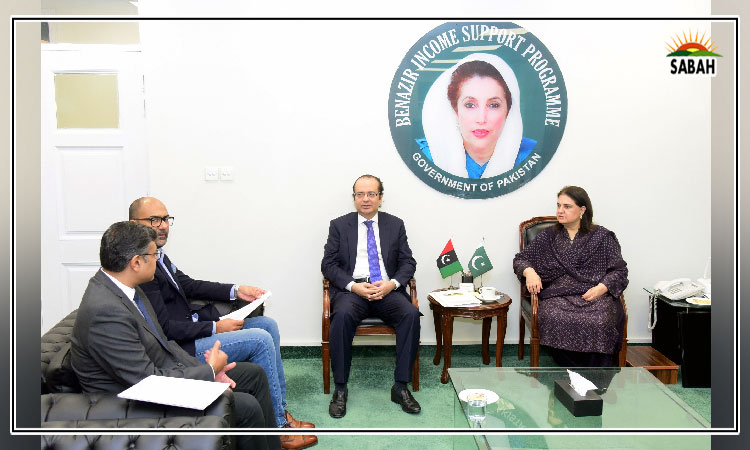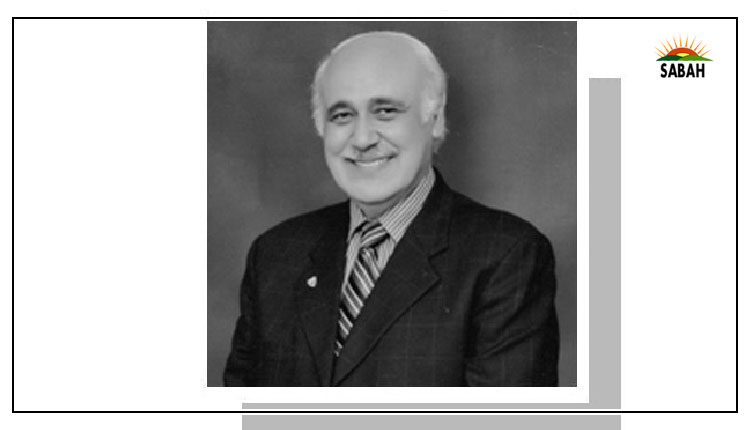A cultural distaff…F.S. Aijazuddin
WHEN grand homes outgrow their owners, they have no option but to become museums. Notable are the Louvre in Paris, Tsarskoye Selo outside St Petersburg, the Kremlin in Moscow, and the Hofburg in Vienna. In the UK, the royal residences of Hampton Court and Windsor Castle have become quasi-museums. If King Charles III has his way, the state and royal rooms in Buckingham Palace too will become available to the public as a full-time museum. (Its former Royal Chapel is already a mini Royal Gallery.)
Smaller benefactions associated with their donors are the Wallace Collection in London, assembled in the 19th century by Sir Richard Wallace. In its 25 galleries are displayed Old Masters, French 18th-century paintings, furniture, and armour. Further afield is Powis Castle in Wales. There, on shameless display, are the ill-gotten gains of the 18th-century kleptomaniac Robert Clive acquired during his stay in India. These include Tipu Sultans magnificent state tent, made of painted chintz; gold and bejewelled tigers head finials from Tipus throne [,] precious objects in jade and ivory.
Many royal residences in India have undergone a similar conversion: in Jaipur, the City Palace houses the Maharaja Sawai Man Singh II Museum and its prime treasure the illustrated Razmnama (a translation into Persian of the Hindu epic Mahabharata), commissioned by Emperor Akbar in 1574. The Maharaja Jaipurs Delhi residence is now the National Gallery of Modern Art.
Many Indian stately homes have become hotels. Pre-eminent among them is Udaipurs shimmering white Jag Niwas (now the Taj Lake Palace hotel), seemingly afloat in Pichola lake.
The closest we have to a royal collection is that of the Talpur family.
Less grandiose and more specialised is the privately managed Calico Museum of Textiles, founded by textile magnate Gautam Sarabhai in Ahmedabad. Expanded over the years by his family, its magnificent collection is a homage to the versatility of Indian art.
Within the old family home called The Retreat is a haveli, housing religious textiles, as well as south Indian bronzes, Jaina art, and Mughal miniature paintings. In an adjacent Chauk are displayed royal tents, carpets, furnishings and costumes of the Mughal and regional courts; textiles for Indias export trade, as well as a wide range of ethnographic textiles.
Ingeniously, the remodelled family swimming pools walls are used as a gallery and a huge antique Mughal tent covers the whole pool as a decorative ceiling.
Such application of patrician wealth to plebeian benefit has no parallel in Pakistan. For one thing, former princely states like Bahawalpur, Khairpur and Swat were comparatively modest in their means and provincial in their reach.
The closest Pakistan has to a royal collection is that of the Talpur family in Hyderabad. Select objects from this tantalising hoard amassed by the mirdoms of Hyderabad, Mirpurkhas and Khairpur were shown to the public (many items for the first time) at the Mohatta Palace Museum in September 1999. Titled Treasures of the Talpurs, the objects on display included rare jewellery, ceremonial textiles, historical manuscripts, decorative objects, furniture, paintings, arms and armour. Even these remnants were enough to recall the wealth of the Talpur amirs, which had so excited Charles Napiers avarice in 1843.
Rather like the Sarabhais Calico Museum in Ahmedabad, the Mohatta Palace Museum in Karachi is a laudable example of private sector initiative filling the void of public sector inertia.
The beige sandstone Mohatta Palace was built in 1927 by Shiv Rattan Mohatta, a successful Marwari entrepreneur. After 1947, it served as Pakistans first foreign affairs ministry when Karachi was still the capital. In 1964, the palace was given to Mohtarma Fatima Jinnah. It remained with her family until 1980.
Neglected thereafter for 15 years, it was purchased by the Sindh government and the federal government (a rare collaboration) to house a museum that would foster awareness and appreciation of the cultural heritage of Pakistan and of the region.
Substantially remodelled, it opened as a museum in September 1999. Since then, its Board of Trustees has expanded the display area from the original three to 44 galleries, using them to present thematic displays of textiles, tiles, Buddhist sculptures, antique maps, copies of the Holy Quran and modernist works by, amongst others, Sadequain. The museum has been heavily supported by private collectors.
To mark its silver jubilee, the museum is presenting an ambitious programme of events, including on Jan 5 a session on the bardic tradition, featuring the Tilism-i-Hoshruba, to be recited by NAPA-trained dastangohs.
As the year 2024 stares at us stark and barren, such cultural endeavours are not occasional distractions. They are the distaffs around which are spun the precious skeins of our national culture.
Courtesy Dawn



